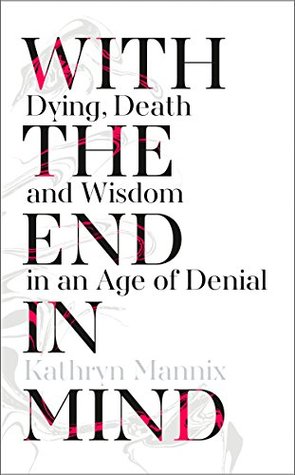More on this book
Community
Kindle Notes & Highlights
Read between
January 14 - July 14, 2024
The death rate remains 100 per cent, and the pattern of the final days, and the way we actually die, are unchanged. What is different is that we have lost the familiarity we once had with that process, and we have lost the vocabulary and etiquette that served us so well in past times, when death was acknowledged to be inevitable. Instead of dying in a dear and familiar room with people we love around us, we now die in ambulances and emergency rooms and intensive care units, our loved ones separated from us by the machinery of life preservation.
There are only two days with fewer than twenty-four hours in each lifetime, sitting like bookends astride our lives: one is celebrated every year, yet it is the other that makes us see living as precious.
Humility comes slowly to the young.
Whether CBT first aid or the full CBT intervention, the core principle is that we are made unhappy by the way we interpret events. Distressing emotions are triggered by disturbing underlying thoughts, and helping a patient to notice these thoughts and to consider whether or not they are accurate and helpful is key to enabling them to change.
Bereavement is the process that moves us from the immediacy of loss and the associated grief, through a transition period of getting to know the world in a new way, to a state of being able to function well again.
The stoic philosophers asserted that it is not events themselves, but our responses to them that cause us happiness or heartache


